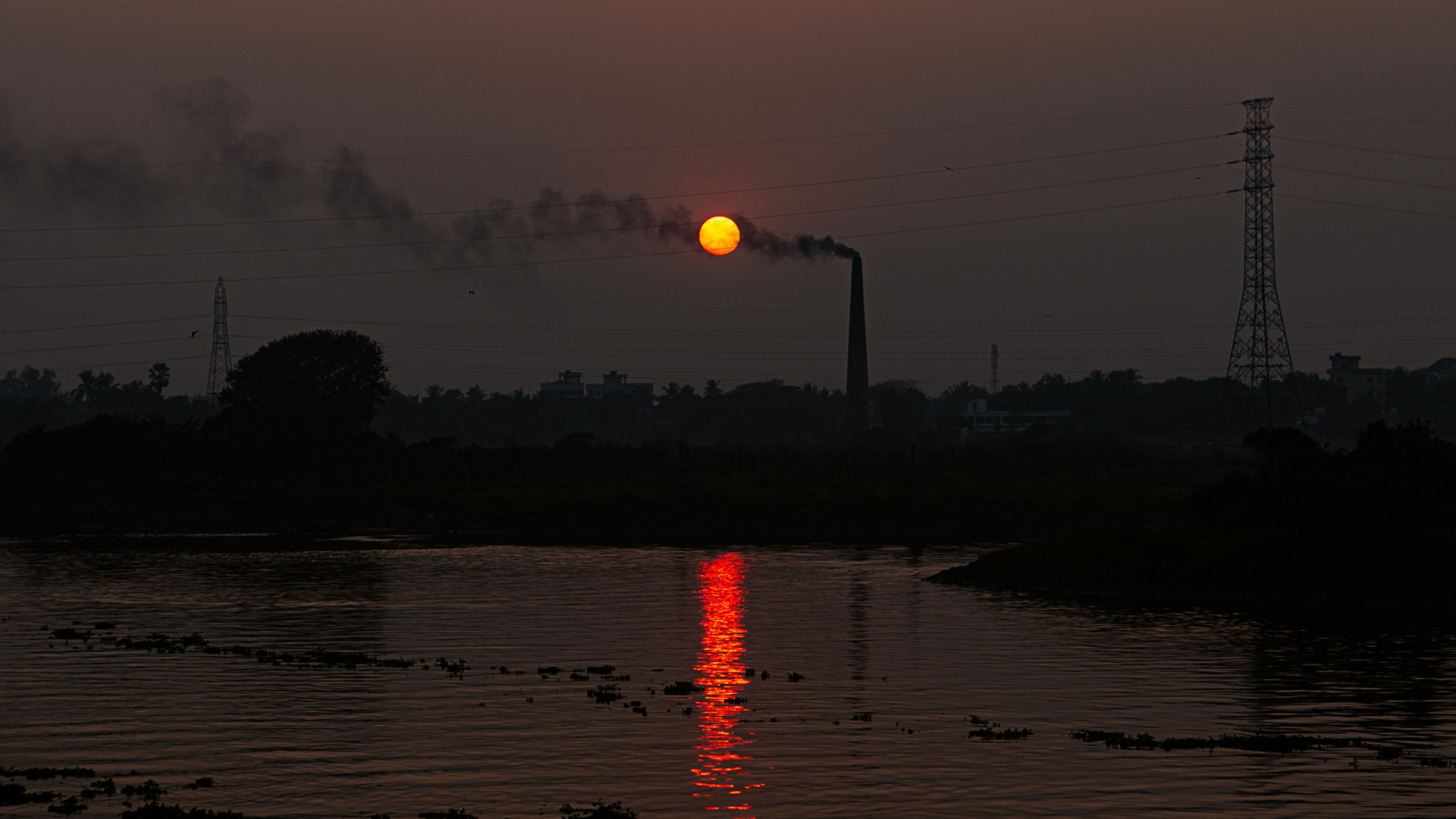Climate Change Vulnerability in Bangladesh:
Challenges and Strategic Responses
Bangladesh is widely recognized as one of the countries most vulnerable to climate change. Its low-lying deltaic terrain, dense population, and socio-economic constraints make it highly susceptible to the adverse impacts of climate variability and extremes. This paper explores the major impacts of climate change in Bangladesh, including sea-level rise, erratic rainfall, salinization of freshwater, and climate-induced migration. It also examines the country’s ongoing efforts to enhance resilience through climate-resilient infrastructure, adaptive agricultural practices, and grassroots climate education. The paper concludes by emphasizing the importance of integrated policies and international cooperation to address Bangladesh’s climate vulnerability.
1. Introduction Bangladesh, located at the confluence of the Ganges, Brahmaputra, and Meghna rivers, is characterized by fertile plains and an intricate network of rivers and floodplains. While this geography supports agriculture and biodiversity, it also exposes the country to natural hazards such as floods, cyclones, and erosion. Climate change has intensified these hazards, posing existential risks to millions. According to the Global Climate Risk Index, Bangladesh consistently ranks among the most at-risk countries. This paper seeks to analyze the nature and extent of Bangladesh's climate vulnerability and explore adaptive strategies being employed.
2. Impacts of Climate Change in Bangladesh
2.1 Sea-Level Rise Rising sea levels, driven by global warming and melting polar ice, threaten to submerge large portions of Bangladesh's coastal areas. The Intergovernmental Panel on Climate Change (IPCC) projects that sea levels could rise by up to one meter by 2100, potentially displacing over 20 million people in the southern coastal belt. Saltwater intrusion is also degrading arable land and freshwater ecosystems, affecting food and water security.
2.2 Erratic Rainfall and Flooding Bangladesh is experiencing increasingly erratic rainfall patterns, leading to both droughts and floods. Sudden, heavy downpours overwhelm drainage systems and riverbanks, causing urban flooding and rural inundation. Conversely, insufficient rainfall during key agricultural periods disrupts crop cycles and reduces yields, undermining food production and farmer livelihoods.
2.3 Increased Salinity in Freshwater Sources Climate change exacerbates salinity intrusion in coastal rivers and aquifers, particularly during the dry season when upstream river flow is low. This salinity not only damages crops but also affects drinking water quality and public health, contributing to skin diseases, gastrointestinal issues, and hypertension.
2.4 Climate-Induced Migration and Displacement Environmental stressors are forcing internal migration, particularly from vulnerable coastal regions to urban slums in cities like Dhaka and Chattogram. This migration places pressure on urban infrastructure, creates socio-economic tensions, and heightens the risk of urban poverty and environmental degradation.
3. Strategic Responses to Climate Vulnerability
3.1 Climate-Resilient Infrastructure Bangladesh has initiated a range of infrastructure projects aimed at climate adaptation. These include the construction of cyclone shelters, embankments, and improved drainage systems. Green infrastructure, such as mangrove afforestation, is being promoted to buffer coastal zones against storm surges and erosion.
3.2 Adaptive Farming Techniques Farmers are increasingly adopting climate-resilient agricultural practices such as saline-tolerant crop varieties, floating gardens, and rainwater harvesting. These innovations help maintain productivity in changing climatic conditions and reduce dependence on vulnerable mono-cropping systems.
3.3 Grassroots Climate Education Community-based climate education programs are raising awareness about climate risks and promoting sustainable practices. NGOs and local governments conduct workshops, school programs, and participatory planning sessions to empower communities to prepare for and adapt to climate change.
4. Policy Recommendations To effectively combat climate vulnerability, Bangladesh requires coordinated action across multiple sectors. Key recommendations include:
- Strengthening early warning systems and disaster response mechanisms.
- Enhancing access to climate finance for local adaptation projects.
- Promoting integrated water resource management to address salinity and flooding.
- Encouraging international cooperation and knowledge sharing.
Climate change presents an urgent and multifaceted challenge for Bangladesh. While the country has made commendable progress in enhancing resilience, continued efforts are essential to safeguard its people and ecosystems. By investing in climate-resilient infrastructure, adaptive agriculture, and community education, and by fostering global collaboration, Bangladesh can pave the way toward a sustainable and secure future.
References (References would be added here in a full academic version, citing relevant IPCC reports, journal articles, and government documents.)


